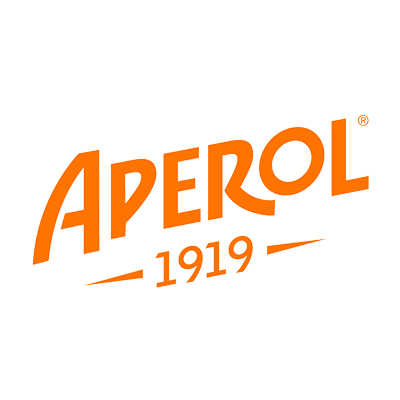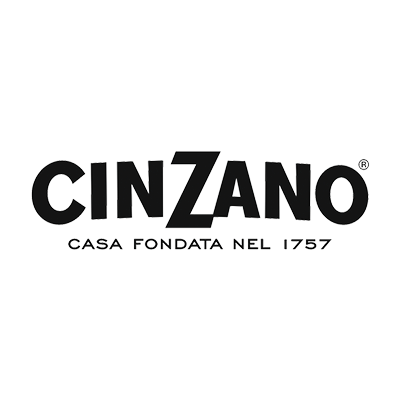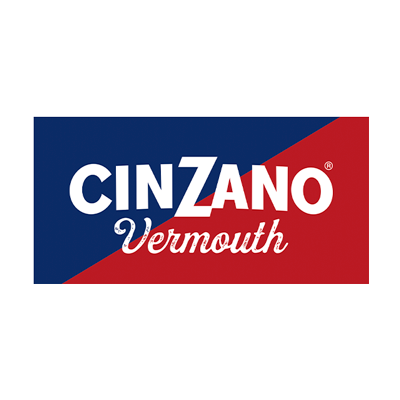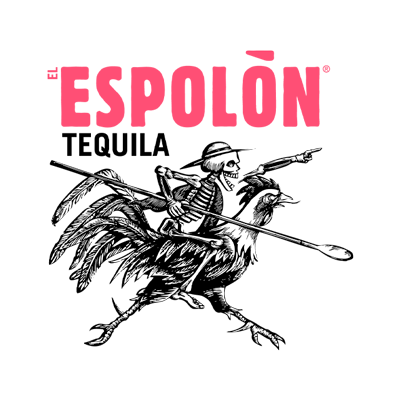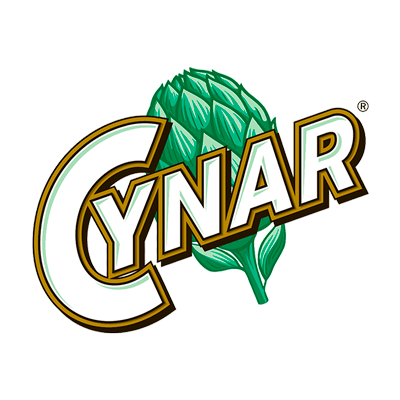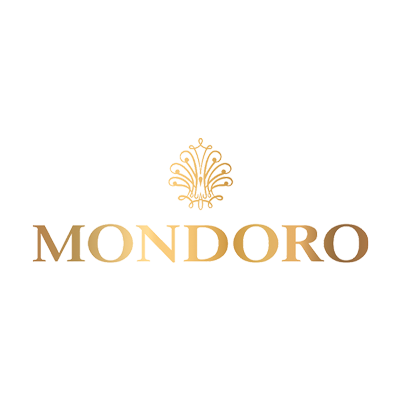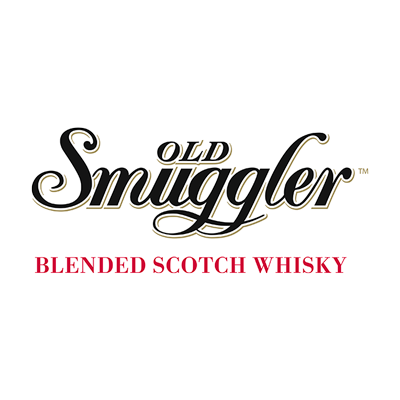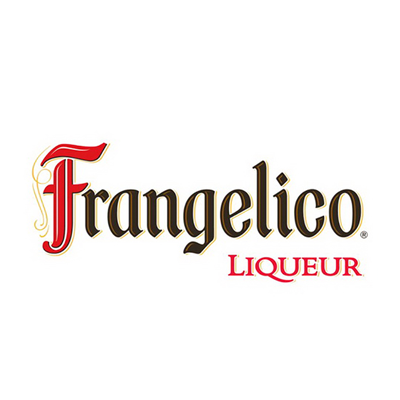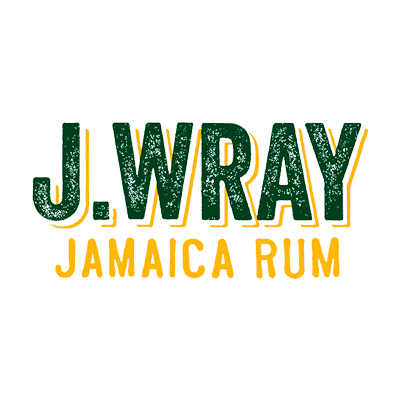Wild Turkey Distillery is part of the international mega-corporation Campari America, which produces over 35 brands, labels and variants of North American whiskeys, including bourbon. Campari America is a division of the Italian giant Gruppo Campari headquartered in Sesto San Giovanni, Italy. The company's North American headquarters is located in San Francisco, California (where Skyy Vodka is produced), but its largest distillery is still in Lawrenceburg, Kentucky. The distillery has 29 warehouses and over 700,000 barrels. The company and its distillery are currently the sixth largest North American whiskey distillery in the world.
Wild Turkey was originally founded by Austin Nichols, who began selling whiskey and wine as a small wholesale grocery business in New York City back in 1855. Even earlier, James Reepy, an immigrant from Ireland, settled in a small Kentucky town called Lawrenceburg in 1830. At twenty, James became a clerk in a dry goods store. Ripy later became a successful trader and distributor of home furnishings, including whiskey, in the mid-1840s and 1850s. He began buying up several small distilleries in and around Anderson County. James had two sons, James P. Reepy was born in 1844, served as a junior officer in the Cavalry Confederation and after the war married a family that made Bond & Lilliard whiskey. Like his father, he became a distiller. The youngest son, Thomas Bibi Ripi, was born in 1847 and was enrolled for excellent education at the preparatory school in Louisville and then at the college in Franfort.
In 1869, James and his two sons built their own larger distillery on the Kentucky River in Steamville, which James later renamed Tyrone after the county in Ireland where he was born. The plant was named "Rippy Brothers Distillery", named after the two sons he hired to run the plant. Thomas Ripy became the world's largest alcoholic beverage producer in two decades, between 1880 and 1905. Thomas Ripy's bourbon, Old Ripy, was selected from among 400 people to represent the state of Kentucky at the 1893 Chicago World's Fair. The brand name was later changed to reflect the success of their owners and was simply named "TB Ripy". Their slogan used in marketing efforts was "From father to son since 1831."
In the 1930s, Austin Nichols & Company was one of the largest wholesale grocery businesses in New York State, so when the ban was lifted in 1933, it had the perfect conduit for buying, bottling, and distilling spirits. In 1935, Ernest W. Ripy, son of Thomas Bibi Ripy, rebuilt the distillery from scratch after the ban, and the distillery will one day produce over twenty brands of whiskey, including Wild Turkey. Ernest also received the title of the very first Wild Turkey Distiller Master. Two of Ernest's sons; TB Ripy III and EW Ripy Jr. ran the distillery and helped quadruple production during that time.
In 1940, a distillery manager named Thomas McCarthy took a barrel of Ripy Bourbon and two of his brothers on a hunting trip to North Carolina. During this trip, McCarthy organized the Turkeys Hunt and brought in some of his distributors, including Austin Nichols. McCarthy entertained the hunters throughout the hunt and stopped four times to serve some of his fine whiskey straight from the barrel that day. Everyone on the trip was delighted with the taste, and less than two years later, the Wild Turkey 101 brand was introduced in 1942. Austin Nichols sells a grocery chain to focus on the alcohol business.
In 1949, the Ripy brothers sold their distillery to Robert and Alvin Gould and renamed the company JTS Brown Distillery. TB Ripy III and EW Ripy Jr. continued to work for JTS Brown Distillery, and the younger (as mentioned by EW Ripy Jr.) remained General Manager of the plant until late 1972. In 1950, Bill Hughes becomes the second main distiller at the plant. JTS Distillery (later renamed Wild Turkey Distillery). Later that year, Hughes launched a Baltimore-style rye whiskey called Wild Turkey 101. On September 10, 1954, Jimmy Russell was hired to sweep the factory floor, at JTS. Just six years later, in 1960, Jimmy Russell was named a Distiller, and in 1967 he was named the third Master Distiller in Wild Turkey history, a position he held for the next 60+ years.
In 1971 Austin Nichols acquired the Ripy distillery in Lawrenceburg, the name was changed to Wild Turkey Distillery, and Jimmy Russell was retained as the main distiller. In 1976, Wild Turkey launched its third brand and the world's first flavored whiskey called Wild Turkey Liqueur, which evolved over the years into Wild Turkey American Honey. In 1980, the distillery and all of its subsidiaries were acquired by the French beverage producer Pernod_Richard. Almost $ 100 million. In 1981, Eddie Russell, Jimmy's son, took a job as a weekend aid operator at a distillery.
In 1991, the distillery launches its first Super Premium brand "Wild Turkey Rare Breed". In 1995 Jimmy Russell launches his first Top Shelf brand in the "Kentucky Spirit Single Barrel" at 101 proofs (of course). EW Ripi's two great-grandchildren still work at the Wild Turkey plant. Jimmy Russell was inducted into the Kentucky Bourbon Hall of Fame in 2000. In 2006, Wild Turkey repackages its Wild Turkey Liqueur into what is now known as Wild Turkey American Honey. In 2007, a 15 year old bourbon was released to commemorate September as Bourbon Heritage Month, called "American Spirit". In 2009, the Italian company Campari Group buys Wild Turkey and pays almost six times what it sold a quarter century before. In 2010 Eddie Russell is inducted into the Kentucky Bourbon Hall of Fame, and his father Jimmy presented the award.
In 2011, Wild Turkey builds a new state-of-the-art distillery, and then in 2014, the distillery launches "Wild Turkey Diamond Anniversary" - a combination of 16 and 13-year-old bourbons in honor of Jimmy Russell's 60th birthday with the company. Russell has been named only the fourth Master of Distillation in Wild Turkey history. Jimmy remains an honored master of distillation and travels the world spreading the news about all things bourbon and wild Turkey. In August 2015, the distillery launches its first Wild Turkey Master's Keep line in Master's Keep 17-Year-old bourbon. In 2016 Wild Turkey creates a new position, appoints Hollywood star Matthew McConaughey as its Creative Director. In 2016, a second version of Master's Keep was released, titled Master's Keep Decades, and in 2017, Master's Keep 1894 (which was released for export to Australia). In April 2018, Wild Turkey is releasing a mesquite ready-made bourbon called Longbranch, thanks to a collaborative collaboration between Eddie Russell and McConaughey. Also in 2018, the distillery released Master's Keep Revival.
